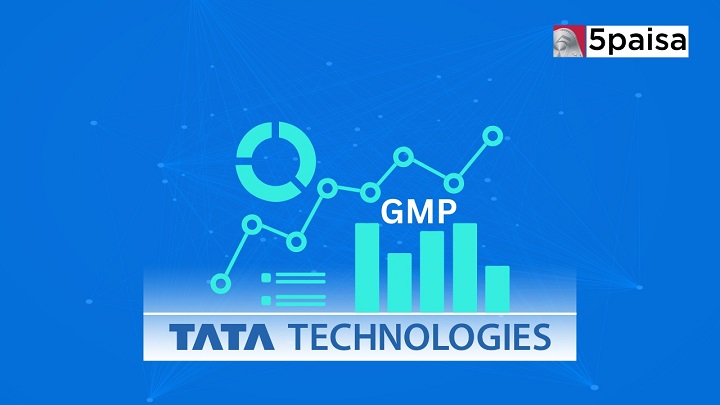
In the modern business landscape, technology investment is an essential but complex component of operations. Managing these expenses efficiently can lead to improved financial health and operational performance. To this end, a technology expense management system is critical for businesses aiming to gain better control and visibility over their IT spends. Companies can significantly benefit from such systems by optimizing expenses, ensuring compliance, and making informed decisions. Keep reading to discover the plethora of advantages that technology expense management systems can provide to your business.
Understanding Technology Expense Management Systems for Improved Operational Efficiency
Alt text: A group of professionals collaborating in an office, using computers for a technology expense management system.
A technology expense management system helps businesses monitor and control the growing costs of hardware, software, telecom, and cloud services. Tools like Cimpl automate billing, contract tracking, and audits, making it easier to catch billing errors, avoid unnecessary charges, and adjust tech services based on actual usage.
With centralized dashboards and customizable reports, managers and IT teams can quickly review spending and make smarter decisions. By using a technology expense management system like Cimpl, teams across departments stay aligned on budget goals, encouraging greater accountability and collaboration.
Streamlining Budget Allocation and Reducing Costs with Technology Expense Management
Businesses using technology expense management systems can more accurately forecast IT budgets by analyzing spending trends and historical data. These insights help organizations negotiate better vendor terms or switch to cost-effective options. The systems also support cost reduction by identifying redundant services and automating manual expense tracking, which cuts labor costs and boosts efficiency.
Real-time alerts and billing anomaly notifications improve cost control, enabling prompt issue resolution. Additionally, accurate expense data strengthens contract negotiations, allowing companies to secure volume discounts and bundled services. This strategic use of data leads to smarter procurement and improved financial planning without wasting resources.
Enhancing Visibility and Control Over IT Spend through Technology Expense Management Solutions
Technology expense management solutions give businesses detailed insight into IT spending, showing exactly where money is going and who is using which services. This transparency supports better resource allocation and helps identify unnecessary costs. These systems also enforce spending controls by requiring approvals that align with preset criteria, reducing unauthorized expenses and improving budget compliance.
With built-in tools to monitor subscriptions and recurring charges, organizations can eliminate payments for unused cloud services and software licenses. Additionally, the enhanced visibility these solutions provide enables IT teams to adapt spending to shifting business strategies, ensuring technology investments stay aligned with company goals and priorities.
Ensuring Regulatory Compliance and Mitigating Risks with Structured Technology Expense Monitoring

Alt text: A group of professionals collaborating in an office, using computers for a technology expense management system.
A comprehensive technology expense management system helps businesses comply with regulatory requirements and avoid legal or financial penalties. Beyond compliance, it supports risk mitigation by identifying outdated or unsupported software that could pose cybersecurity threats.
These systems enable consistent monitoring and reporting, keeping businesses audit-ready and reinforcing fiscal transparency. They also help detect irregular or unauthorized transactions, reducing the risk of fraud. By maintaining a digital record of all technology-related expenses, these systems enhance financial oversight and demonstrate a company’s dedication to responsible financial practices. This structure strengthens data protection efforts and ensures greater accountability across technology investments.
Leveraging Data Analytics and Reporting Features in Technology Expense Management to Drive Strategic Decisions
Technology expense management systems offer powerful data analytics and reporting tools that support strategic business decisions. By consolidating and analyzing expense data, companies can gain insights that improve technology investments and ensure better resource allocation.
These systems align technology use with business objectives through data-driven decisions and periodic trend reports, helping executives refine strategies and gain competitive advantages. Advanced reporting allows for tailored summaries or detailed breakdowns to meet different stakeholder needs. Predictive analytics further enhances planning by identifying trends and forecasting future requirements, enabling proactive investments in innovative and scalable technologies.
Altogether, the strategic implementation of a technology expense management system leads to improved financial control, better compliance, and enhanced decision-making for businesses. These systems not only help in cutting costs but also act as a pivotal tool for identifying and capitalizing on efficiencies within the organization’s technology investments.



